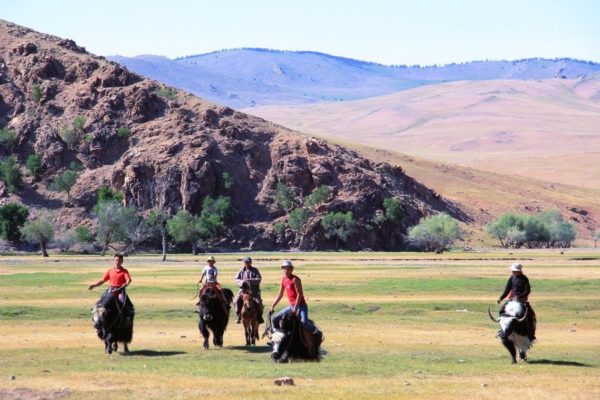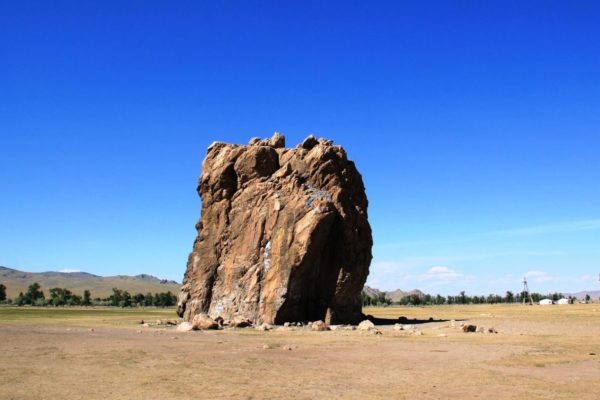It is located on the edge of the North Tamir River, 22 km from Tsetserleg, in the Ikhtamir Soum area of Arkhangai Province. The cliff is 16 meters high and made of granite. The Tamir River has eroded the granite headland of its northern bank for millions of years, creating a gorge. There are more than 150 inscriptions in the Taikhar stone dating back to the 12th and 15th centuries in the languages of many nations, including Turkic, Uyghur, Mongolian, Tibetan, Manchu, and Chinese, but they are fading more and more over the years.
About 70 of the inscriptions are written in Mongolian characters, and the names of Huuhai Dayu of Oirad and Khalkh Tsogt princes from the 17th-18th centuries are read. In 1722, there was an inscription about the delivery of a written order by Enkh-Amgalan Khan of Manchuria to Ravdan. A person who left an inscription on a Taikhar stone recorded his name, title, and nationality.
The Legend of Taikhar Stone
The characteristic is inherited even in modern times, leaving names and addresses such as “…this class of university….” etc., which has a bad effect on the fading away of those historical inscriptions. appeared and devoured people and animals, destroyed the land, and caused drought and famine. The local people asked the giant and powerful wrestler Bukhbilegt to slay the giant snake. Because Bukhbilegt was a kind-hearted person, he came in a hurry to save the people from danger.
Bukhbilegt carried a large stone from Bulgan Mountain and went to the direction of the snake. Because the stone was very heavy, he sat down and rested on the top of the mountain he met on the way. The mountain he sat on and rested on had a square top like a chair, so he called it the “Golden Chair”. Because it was pronounced as shu shaa, the plain that continues to the mountainside was called “Shu Shaa plain”.
When he touched the ground with his hand, 5 mountains were formed by the fingerprints of his hand. Those 5 mountains were named “Tavan Teeg”. So Bukhbilegt carried the stone until he came to the mouth of the well, and a snake appeared and fought with him for several days.
In the end, Bukhbilegt won and put the stone he had brought on the snake’s head, which became the “Taikhar stone”. When the snake tried to get out from under the stone, Buhbilegt put his beloved bow and arrow on the stone, and the snake stopped moving. When viewed from a high place, a bow and arrow can be seen on top of the Taikhar stone. The snake was very long and its head was crushed, but its tail had wrapped around people and animals, so it cut off the top of a mountain near Bohbileg and placed it on a rope to quell the danger. The top of that small mountain is 5 km away from Taikhar Stone and is named “Snake’s Head”. All these places are located in the area of Ikhtamir sum of Arkhangai province.






